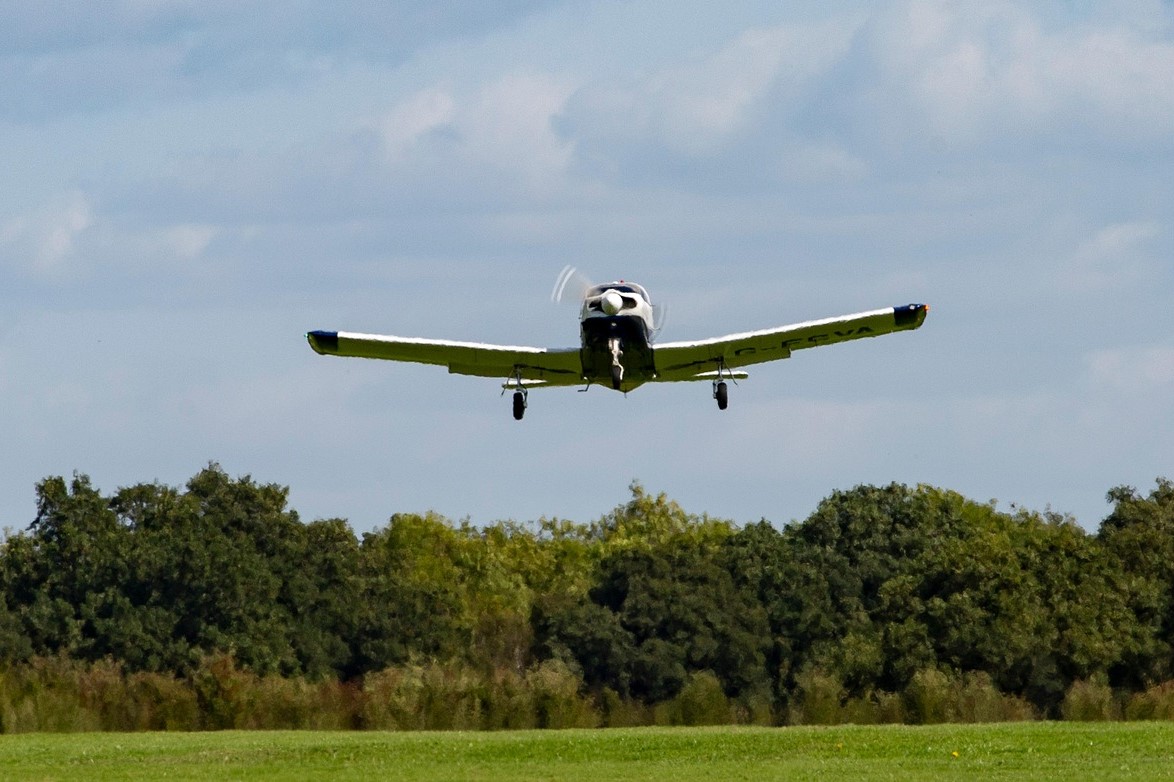Choosing the Perfect Flight School as a Hobbyist

Understanding the Differences Between Part 141 and Part 61 Flight Schools
Choosing between a Part 141 and a Part 61 flight school can be a complex decision, but understanding the differences can help you make an informed choice. If you're looking for a structured path toward a professional aviation career, Part 141 schools might be the right option. However, if your goal is to fly for fun or as a hobby, Part 61 schools could offer more flexibility and personalization.
Part 61 flight schools operate under Title 14 of the Code of Federal Regulations (CFR), Part 61, which outlines the rules for pilot certification, flight instructor training, and ground instruction. These schools provide a more flexible approach compared to their Part 141 counterparts, making them ideal for those who want to tailor their training experience.
Key Features of Part 61 Flight Schools
Flexibility in Training
One of the main advantages of Part 61 flight schools is their flexibility. Unlike Part 141 schools, which follow a strict curriculum, Part 61 schools allow instructors to customize lessons based on your schedule, learning style, and personal preferences. This personalized approach makes the training experience more enjoyable and tailored to your needs.
Self-Paced Learning
Part 61 schools also support self-paced learning. You can progress through your training at your own speed, with instructors adjusting their teaching methods to match your learning requirements. For hobbyists, this means that learning to fly feels more like a passion project than a formal course.
Less Formal Structure
Another benefit of Part 61 schools is the less formal structure. There's no requirement to attend traditional ground school, allowing students to study independently using books, apps, and other resources that suit their learning style.
Minimum Hours and Costs
While the minimum hour requirements for a private pilot certificate (PPL) under Part 61 are slightly higher (typically 40 hours compared to 35 for Part 141), the hourly rates may be more affordable. However, it's important to note that most students end up exceeding the minimum hours regardless of the school type. For hobbyists, this often translates into a better value.
Who Benefits from Part 61 Flight Schools?
Part 61 flight schools are particularly well-suited for individuals with busy or unpredictable schedules. They are also ideal for those who prefer one-on-one learning experiences, students who thrive outside traditional classroom settings, and pilots seeking additional ratings or endorsements after their initial certification.
Important Considerations When Choosing a Part 61 Flight School
When evaluating a Part 61 flight school, there are several factors to consider:
- Instructor Experience and Style: Look for experienced instructors with the necessary credentials and a teaching style that matches your learning preferences.
- Schedule Flexibility: Ensure the school offers flexible scheduling options, including part-time training and weekend availability.
- Aircraft and Equipment: Check the condition and availability of aircraft, as well as supplemental equipment like simulators.
- Facilities and Environment: Visit the school to assess the quality of its facilities and the overall training environment.
- Curriculum and Lesson Plans: Inquire about the flexibility of the curriculum and whether lessons are tailored to individual progress.
- Costs and Financial Transparency: Understand the costs involved, including instructor rates, aircraft rental fees, and any additional charges.
- FAA Compliance and Safety: Verify that the school adheres to FAA regulations and maintains a strong safety record.
- Reputation and Reviews: Research the school’s reputation by reading reviews and speaking with past students.
- Contracts and Agreements: Review all terms and conditions of the contract before committing to the training.
Checklist for Evaluating a Part 61 Flight School
To help you find the right Part 61 flight school, consider the following checklist:
- Are the instructors experienced and qualified?
- Does the school offer flexible scheduling?
- Are the aircraft in good condition and well-maintained?
- Is the training environment safe and conducive to learning?
- Are the lesson plans personalized and adaptable?
- Are the costs clear and transparent?
- Does the school maintain compliance with FAA regulations?
- What do current and former students say about their experience?
- Are the contracts and agreements clearly understood?
Practical Steps for Selecting a Part 61 Flight School
- Define Your Aviation Goals: Determine which certificates or ratings you want to pursue and set a realistic timeline.
- Do Your Research: Explore online directories, flight school websites, and forums to gather information about different schools.
- Contact the Flight Schools: Reach out to potential schools and ask questions based on the checklist provided.
- Visit the Flight Schools: Schedule a visit to tour the facilities and meet the staff.
- Take Discovery Flights: Use discovery flights to explore the training environment and get a feel for the school.
Frequently Asked Questions
What are the different types of flight schools?
The two primary types are Part 61 and Part 141 flight schools.
What are the basic requirements to start flight training?
You don't need a medical certificate to start training, but you will need one before flying solo.
How long does it typically take to get a private pilot certificate?
Full-time training usually takes around three months, while part-time training can take between six and 12 months.
What is the difference between a Part 61 and a Part 141 flight school?
Part 61 schools are more flexible and suited for hobbyists, while Part 141 schools are structured and geared toward career-oriented students.
Do I need a medical certificate before starting flight training?
No, but you will need one before your first solo flight.
Post a Comment for "Choosing the Perfect Flight School as a Hobbyist"
Post a Comment